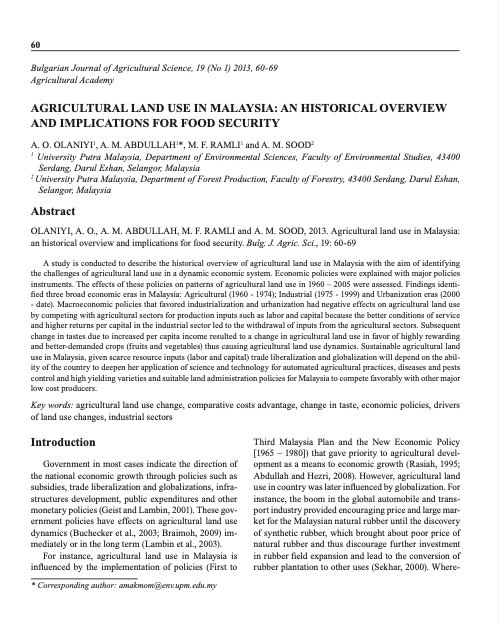An ecoHealth approach : prediction and prevention of emerging infectious diseases from wildlife : final technical report
Approximately 20% of novel emerging infectious diseases (EIDs) and 50% of emerging and re-emerging zoonotic diseases have been attributed to land-use change. It is a clear threat to global biodiversity and ecosystem services and a key driver of EIDs. The project investigates the mechanisms underlying disease emergence by assessing the impacts of land-use change, measured as forest fragmentation, on viral diversity and bat host assemblages.





